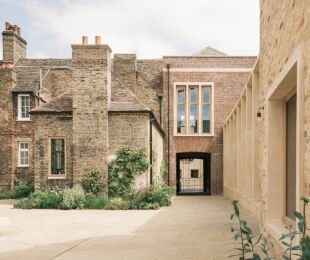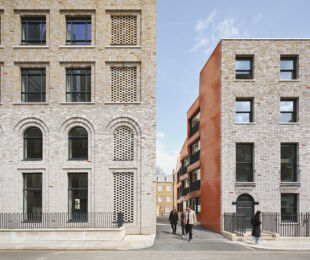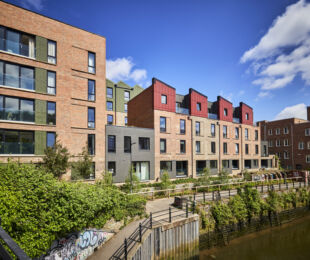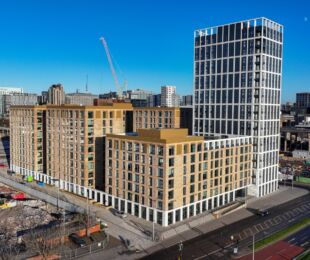
Rethinking Tradition with Innovation
Innovation is often seen as the introduction of ground-breaking technology or futuristic designs. But sometimes, true innovation lies in taking something familiar and improving it in meaningful ways. That is precisely the approach taken by Michelmersh Brick Holdings with HyBrick, the world’s first 100% hydrogen-fired brick.
Showcased at the renowned London Science Museum, the HyBrick represents a milestone for both the construction industry and the future of sustainable manufacturing.
The Brick Bench: Tradition Meets Progress
Clay brick has long been a symbol of durability, timeless design, and an impressive life cycle. But what if brick manufacturers could improve their product’s environmental footprint without altering its trusted form, structure, or aesthetic?
The Brick Bench, designed by Unknown Works and constructed by Lyons & Annoot using Michelmersh’s HyBrick, is a physical demonstration of that possibility. Located at the Science Museum’s Energy Revolution: The Adani Green Energy Gallery, this installation highlights how subtle changes in manufacturing can support significant environmental benefits.
The HyBrick Bench demonstrates that clay brick can retain its classic appeal while significantly reducing its environmental impact, making it a continued product of choice for developers, architects, and designers focused on sustainability throughout the entire building process.
The Environmental Impact of HyBrick
Michelmersh’s HyBrick is a clear example of how small changes in production can create large-scale benefits. By replacing natural gas with hydrogen in the firing process, HyBrick demonstrates a remarkable reduction in carbon emissions, between 81 - 84% fewer emissions compared to traditional methods across three firings.
This innovation showcases how the construction industry, often seen as resistant to change, can embrace new technologies that support global climate goals without compromising quality or performance.
Collaborative Development and Construction
The HyBrick bench for the London Science Museum was developed in collaboration with Lyons & Annoot, who undertook the project with a focus on both its functional and symbolic significance. The modernist bench was meticulously constructed on-site by one of their skilled bricklayers, showcasing the craftsmanship and material potential of HyBrick within a high-profile cultural institution and received the innovation category award at the 2024 Brick Awards.
The HyBrick project itself represents the outcome of a significant collaborative effort involving a panel of expert partners. Following an introduction by Hydrogen Sussex, the consortium included Limpsfield Combustion, Net Zero Associates, the University of Brighton, Greater South East Net Zero Hub, FT Pipeline Systems, Geopura, and Safety Monitors. This multi-stakeholder collaboration highlights the joint commitment to exploring and implementing sustainable solutions within the industry, providing a robust foundation for future architectural specifications.
Building Towards a Sustainable Future
The HyBrick is a tangible example of how product innovation can deliver real solutions to the challenges facing the clay brick industry. Combined with broader emission reduction efforts, it reflects the sustainable potential of traditional building materials when reimagined through a modern, environmentally responsible lens.
By maximising sustainability without sacrificing form or function, the HyBrick sets a powerful example for how the construction industry can evolve. It serves as a reminder that even long-standing materials like clay brick can adapt to meet the demands of a low-carbon future. This project signifies a critical step towards further advancements in sustainable brick production and reinforces clay brick's role as a responsible, high-performance building material for contemporary architectural design.
Brick Bulletin | Feature 256






